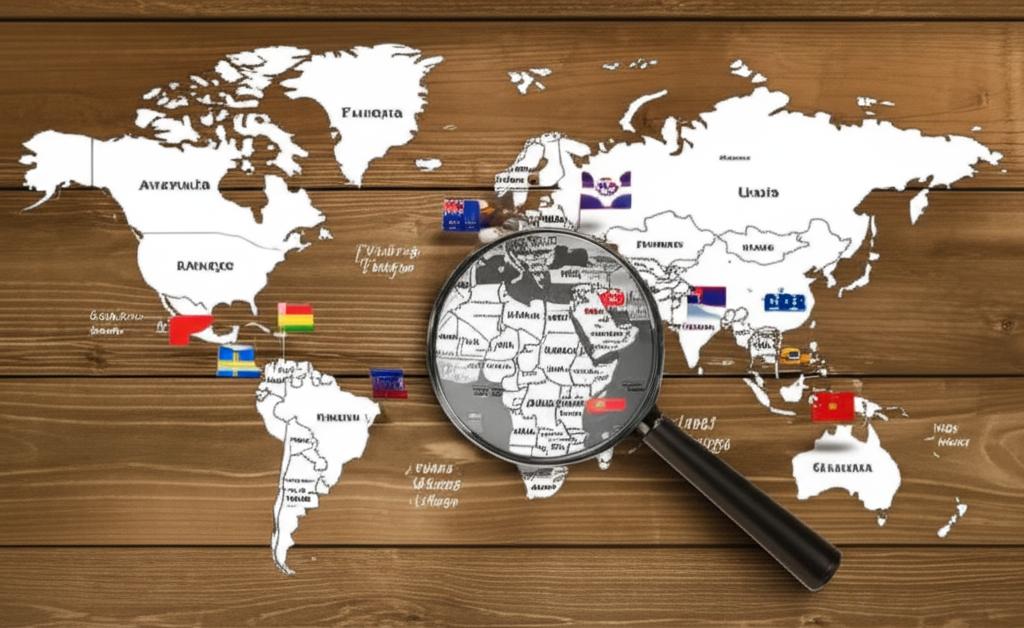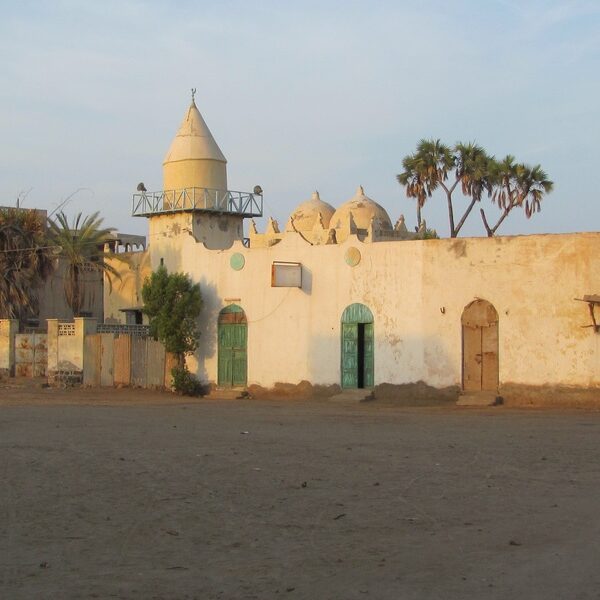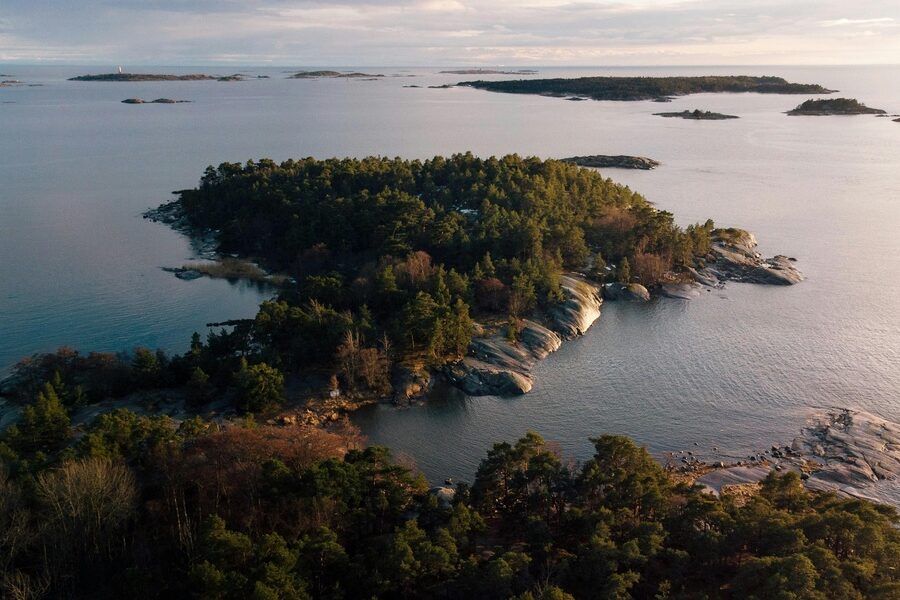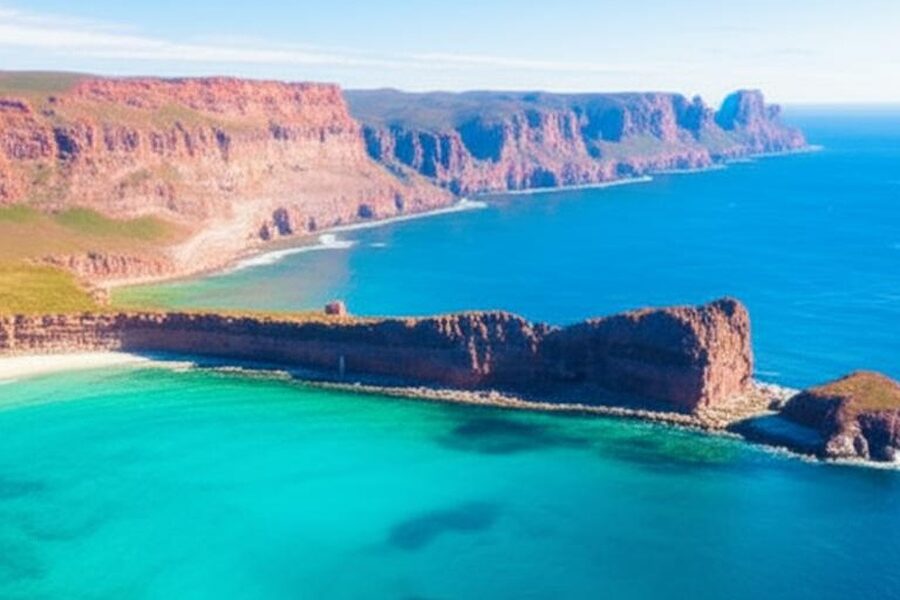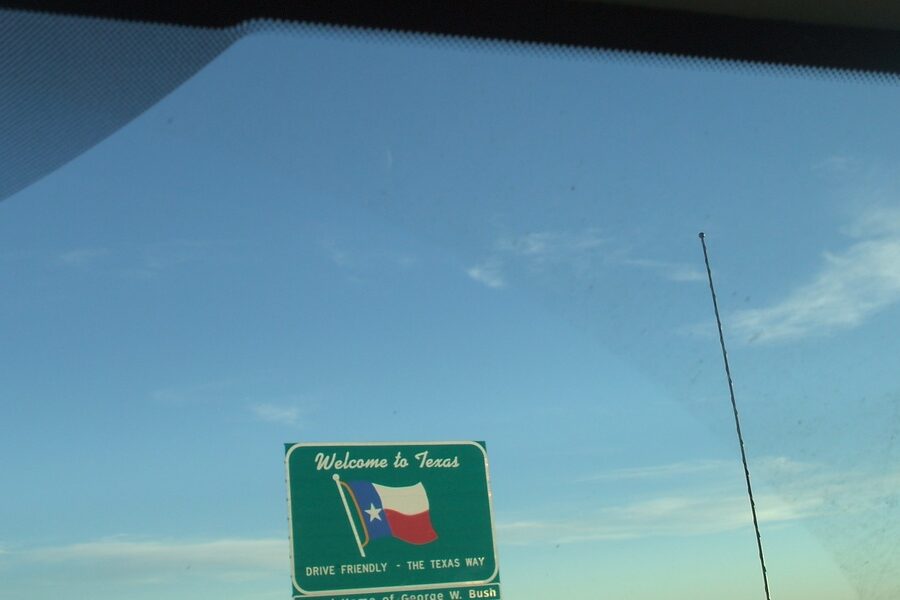The history of the smallest countries by area spans centuries and continents. These tiny sovereign states range from independent city-states in Europe to remote island nations in the Pacific, each shaped by unique geography and historical circumstances. Despite limited land, many exert cultural, economic, or diplomatic influence that far exceeds their footprint. Exploring them reveals how borders, law, and human settlement interact at the smallest scales of statehood.
Context
Small countries by area often have origins in medieval city-states, colonial arrangements, or the particular outcomes of treaties and local diplomacy. Examples like Vatican City and San Marino reflect long-standing, often ecclesiastical or communal independence within Europe, while island microstates such as Nauru and Tuvalu emerged from colonial partitions to full sovereignty in the 20th century. International law does not set a minimum territory for statehood; recognition, defined territory, permanent population, and government are the key elements. Today these countries matter for reasons beyond size: they can host specialized economies (banking, tourism, flag registries), sit on strategic maritime zones, or serve as cultural and historical landmarks. Their small area brings practical challenges—limited natural resources, high population density in some cases, and dependence on trade and international partnerships for goods and services.
Scope and coverage
This collection of Smallest Countries by Area by Continent encompasses an overview of the tiniest sovereign states across different regions, highlighting general categories such as European microstates, Pacific island nations, and small Caribbean or Atlantic states. Coverage focuses on how geography and history produce tiny territories, the common economic roles these states play, and the practical implications of limited land area. Entries examine patterns—landlocked versus island microstates, historical origins, governance forms, and typical demographic or economic traits—without promising exhaustive treatment of every single aspect.
Little-known facts about the smallest countries by area:
- Vatican City is the world’s smallest independent state by area, at about 0.44 square kilometers.
- Monaco covers roughly 2.02 square kilometers and has the highest population density of any sovereign state.
- Nauru is one of the smallest republics and an island nation of about 21 square kilometers.
- Tuvalu, near 26 square kilometers, is made of low-lying atolls with maximum elevations only a few meters above sea level.
- San Marino claims one of the oldest continuous sovereign statuses, tracing its traditional founding to the early 4th century.
- Many tiny countries sustain niche economies—finance, tourism, or ship and aircraft registries—allowing them to exert outsized economic influence relative to their land area.

